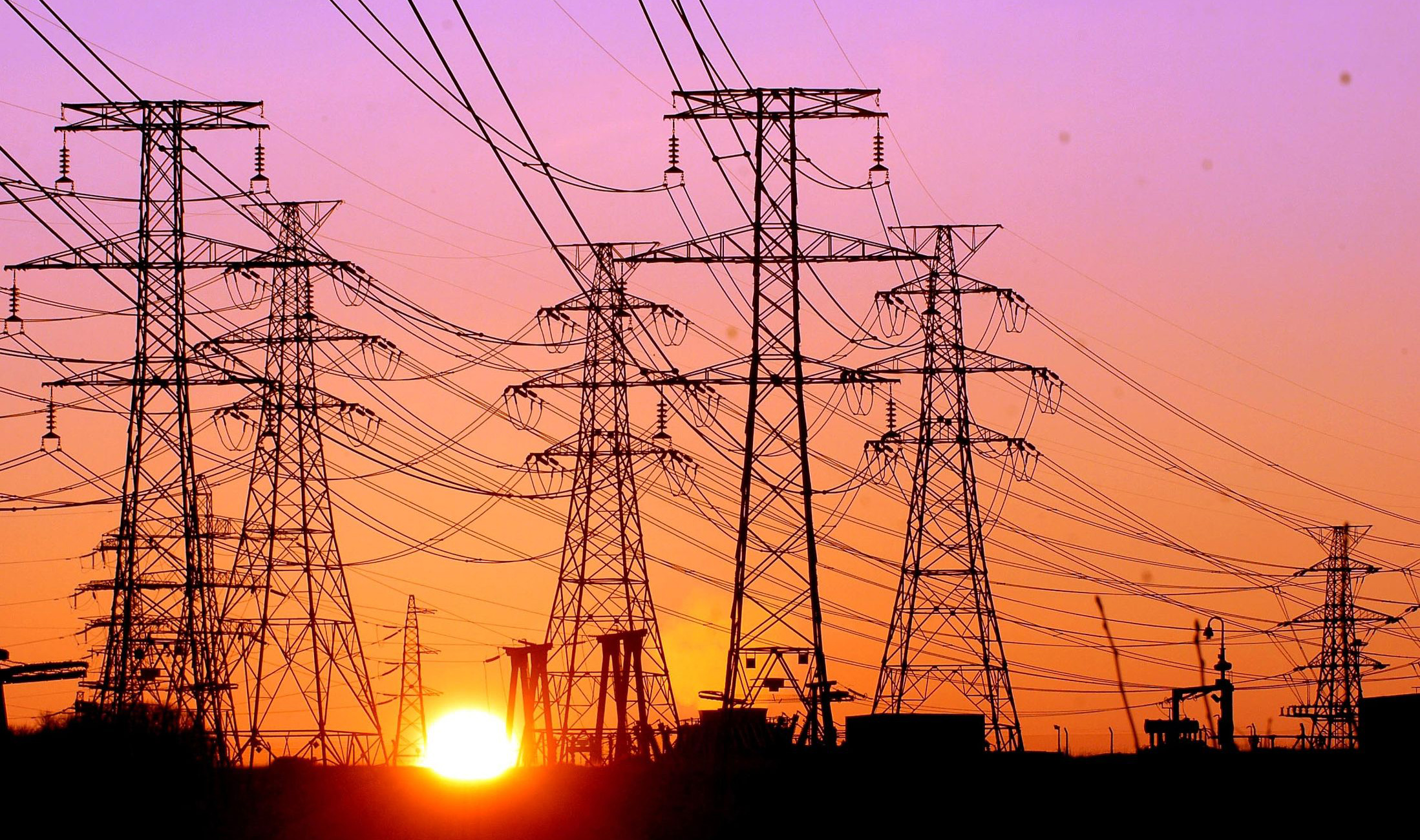Bihar, Odisha, Assam, Jharkhand, Chhattisgarh and Arunachal Pradesh pose a major challenge to Prime Minister Narendra Modi’s plan to electrify all of India’s villages.
According to the latest figures of the Ministry of Power, as many as 6,430 villages remain un-electrified, as on 4 February, and most them belong to these six states.
Odisha tops the list with the most number of “powerless” villages (1,377), followed by Arunachal Pradesh (1,229), Assam (1,013), Jharkhand (938), Bihar (577) and Chhattisgarh (471). Other states that have similar villages include Uttar Pradesh, Rajasthan, Madhya Pradesh, West Bengal, Himachal Pradesh and Jammu & Kashmir. The Centre has offered soft loans to the states to achieve the 100% target of household electrification.
The Prime Minister had announced, during his Independence Day speech in 2015, that all of the country’s villages would be electrified in 1,000 days (by May 2018) and that by December 2018, all Indian citizens would have access to electricity. He had also said that by March 2019, power would be available 24×7 to everyone.
“At the time when the NDA government came to power, there were 18,452 un-electrified villages. Out of these, we have electrified 12,022 villages under the Deen Dayal Upadhyaya Gram Jyoti Yojna (DDUGJY). The ministry is trying its best to complete the target by 1 May 2018,” said a ministry official.
According to the official, after all the villages are electrified, the government will focus on making power available 24×7 to all citizens. Minister of State for Power, Piyush Goyal recently interacted with power secretaries of the states to take stock of the rural electrification exercise. There was a suggestion for increasing the appointment of engineers in rural areas to speed up the process.
While presenting the Budget, Finance Minister Arun Jaitley said all villages would be electrified by 1 May 2018, for which he announced an increased allocation of Rs 4,814 crore under the DDUGJY. In the last fiscal, the allocation was Rs 3,350 crore (thus an increase of 44%). He also outlined measures to support the development of solar capacity, such as, taking up the second phase of developing solar parks for an additional 20,000 MW capacity.

